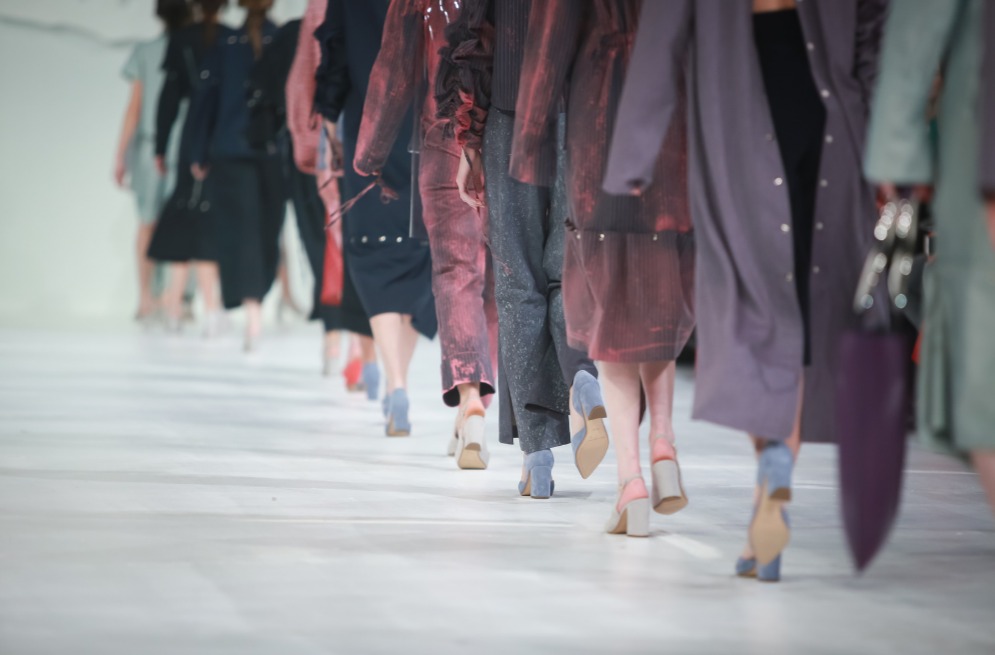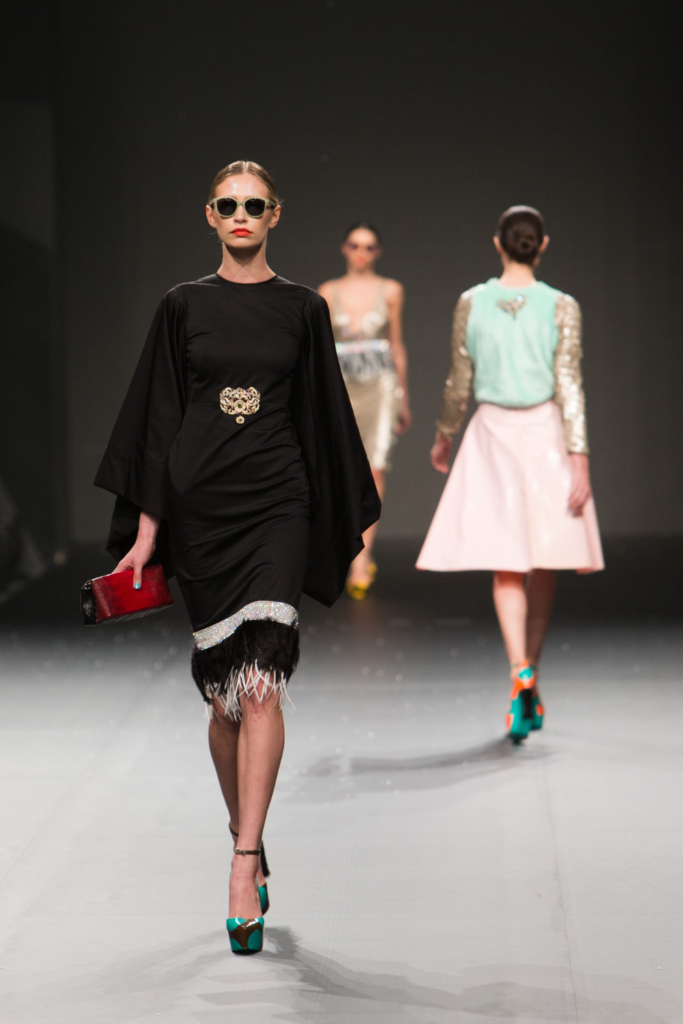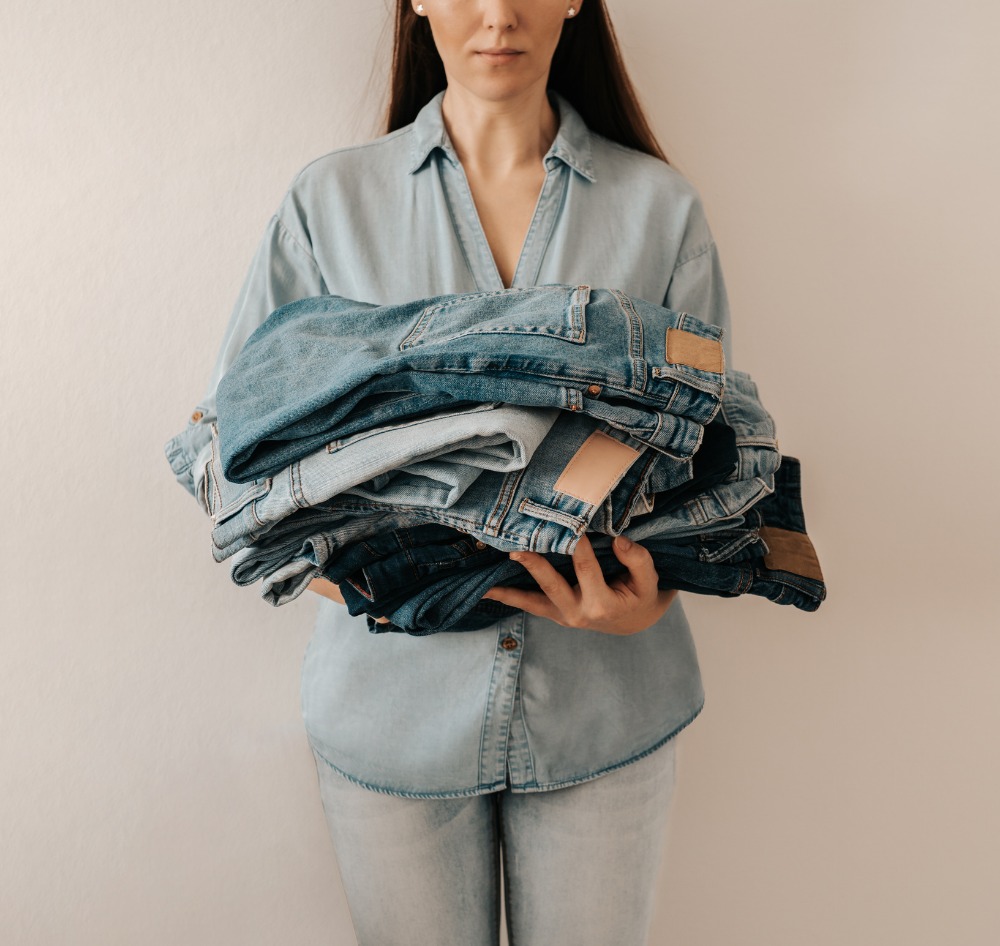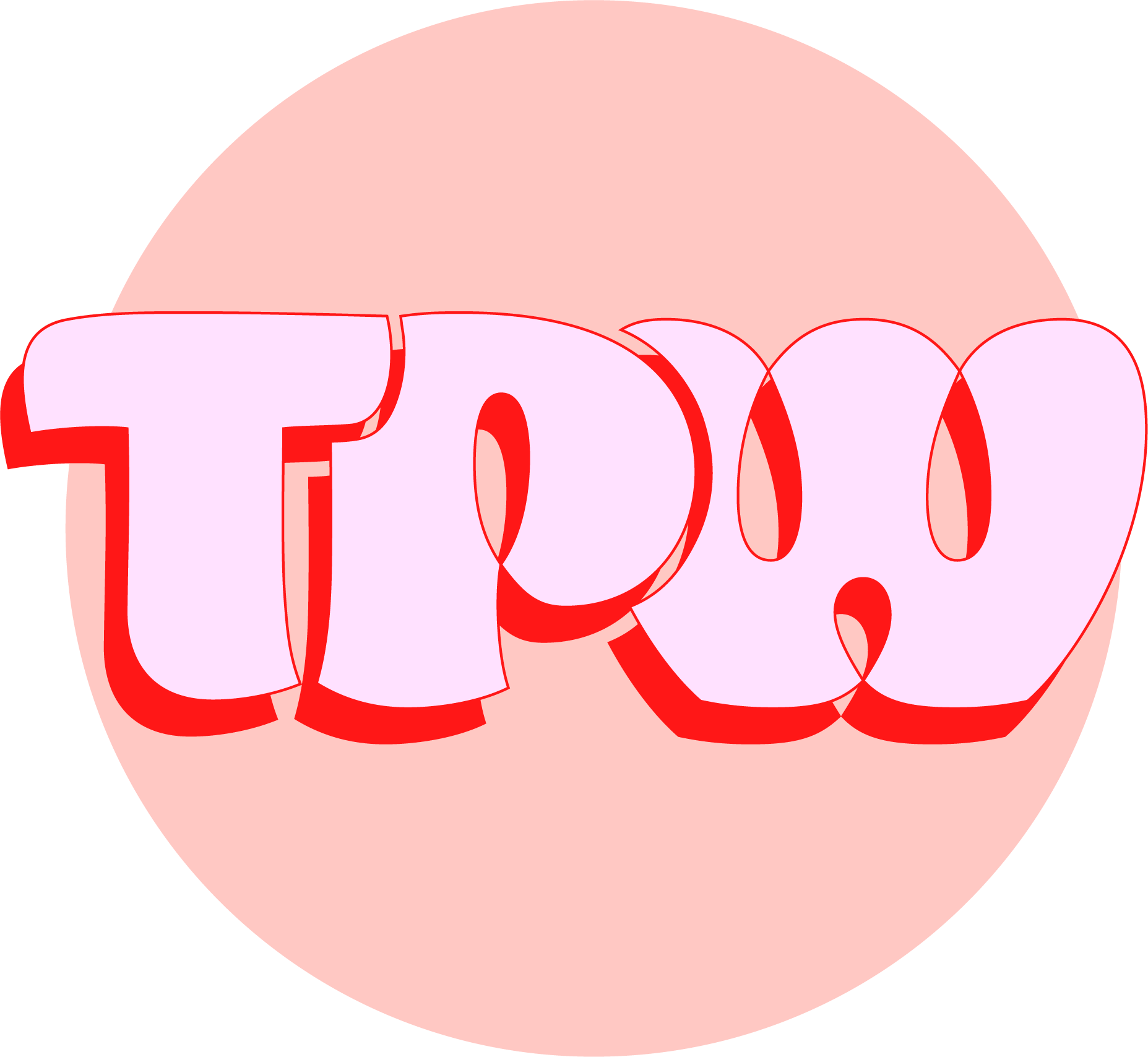Maybe you’re like me and have known from a young age that you wanted to be a fashion designer.
Looking at the glossy pages in magazines of glamorous people styled impeccably in the latest designer styles.
Admiring the intricate details and knowing that one day you want to be involved with crafting those designs.
Or maybe you stumbled upon your interest in fashion later in life and are now wondering how to become part of this seemingly elusive world.
We are here to reassure you that there are so many avenues in the fashion industry you can explore!
It’s a big industry and there is a perfect place for you in it!
While we won’t go into every possible fashion career path today, let’s take a look at some of the different categories designers (AKA you!) can focus on.
Maybe one will catch your eye…

Fashion Designers
Fashion designers are the creative powerhouse behind all garments produced.
Designers are responsible for determining the direction of the collection and developing this concept into specific designs.
Despite the category, someone needs to come up with the designs. Without a design, there’s nothing to make!
Make The Fashion Design Process Simpler With Tech Pack Wizard

Fashion Design Types
There are a few main categories of fashion design: Haute Couture, Ready-to-wear and Fast Fashion.
Haute Couture is bespoke, meaning it is made for a specific customer.
The garment is made, typically by hand, to fit the customer’s measurements exactly. Which is where the term “made to measure” comes from.
The world of Haute Couture is as exclusive as it gets. As you can imagine, these designs demand a very high price point and are therefore not accessible to the mass market.
Likewise, not just any designer can call themselves an Haute Couture designer. They have to receive permission from the Syndical Chamber for Haute Couture and meet specific requirements.
For those of us who can’t afford to drop $90,000 on a dress, we can shop Ready-to-Wear (RTW) which is mass produced in standardized size ranges and sold through stores and online.
Another tier below RTW (price-point wise as well as quality), is fast fashion. This is direct to market, with very quick turnaround times. Often called throw away fashion because consumers often buy these cheap garments to wear once and then dispose of them (that’s another soap box for a different day!).
Types Of Fashion Design Markets
Within the types of fashion design categories, there are different markets based on who the end user is.
Each category has its own requirements.
Some categories use technical fabrics that require the designer to have a good understanding of the materials use and properties, while other categories have certain machinery and technical limitations with the designs.
In fact, baby clothing has its own set of laws and regulations that govern the fabrications and trims you can use and how to label the garments.
As these types of specifics are important to the success of the garments, designers will often specialize in a category so they can become familiar with that market and be able to design appropriately for those needs.
It’s all about niching down, baby!

Make The Fashion Design Process Simpler With Tech Pack Wizard
Types of Fashion Design Careers
While not an exhaustive list, here are some of the fashion design markets you could niche down into:
- Womenswear- Womenswear is a broad term for clothing designed for women and female-presenting bodies. Womenswear covers a vast range of styles and a diverse representation of body shapes.
- Menswear- Likewise, Menswear is clothing designed for men and male-presenting bodies.
- Kidswear- Kidswear is clothing designed for children, usually around the ages of 4-12 years old.
- Newborn and Baby clothes- Garments designed specifically for infants and babies.
- Activewear- Workout clothing designed for a range of different activities. This category has also led to the recently popular Athleisure category which is activewear designed for daily use and not to withstand the rigors of certain sports.
- Fully fashioned knitwear- Fully fashioned knitwear are garments knitted on special machinery. These are different from garments made from knitted fabric that are cut and sewn together. Think of your favorite winter sweater. That’s fully fashioned knitwear.
- Denim- The denim market covers any garment made from denim, mostly jeans. Denim fabrication is its own beast, with different washes, rinses, finishes, etc. and requires specialized knowledge.
- Accessories- Accessories covers a large range of categories and often designers can niche down further and focus just on one. Accessories include bags, shoes, jewellry, scarves, socks and others.
- Size inclusive- Size inclusive markets have a wider range of sizes. This comes with its own requirements as the garment technicians will need to work out the best grade rules for the larger size grid.
- Eveningwear- Eveningwear is designed for PM, usually gowns with luxurious fabrications and trims.
- Loungewear/Sleepwear- Often classified under one category, loungewear and sleepwear are designed for comfort and to be worn at home.
- Intimates- Intimates covers lingerie as well as everyday undergarments.
- Swimwear- Swimwear is designed for swimming, obviously, and covers womens swim, mens swim and kids/baby swim. Swimwear can be further broken down into technical swim, such as wetsuits and rashies, or other markets such as modest swimwear.
If you are just starting out in the fashion industry, choosing a market to focus on is a great way to begin.
Start with some research, and see what is out there. Pay attention to what peaks your interest and look into that more.
If you’re trying to decide what area you want to work in day in and day out, it’s important that it excites you!
And if you are freelancing, niching down into a specific category and market is the best way to establish yourself as an expert.

Imagine pitching yourself to a client for modest swimwear and you show them your portfolio with knitwear and denim pieces. They will not understand how you can help them.
But showing them a portfolio filled with a range of modest swimwear collections you’ve designed because that’s all you do? HIRED!
Tech Packs For Every Type Of Fashion Design
Despite the category or market, all garments still need to be produced in some capacity.
And to make that happen… You guessed it, we need Tech Packs!
Tech Pack Wizard plugin for Illustrator can help with tech packs for any fashion category or market!


